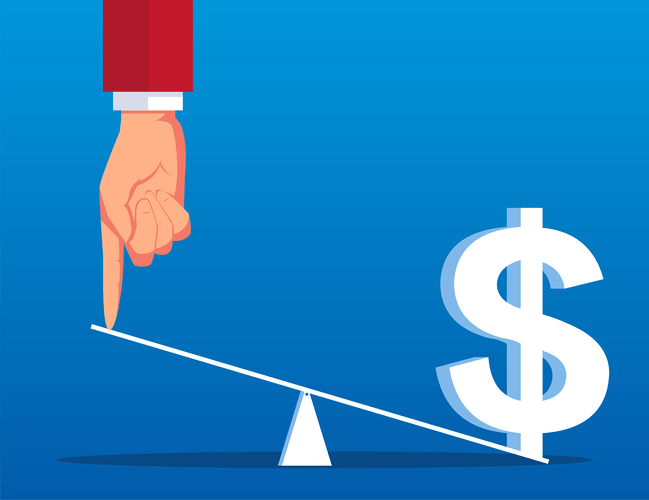
This can involve categorizing the data into relevant groups, creating tables or charts to visualize the information, and using appropriate labeling and formatting techniques. By organizing the data effectively, you can easily identify patterns, trends, and insights that will contribute to a comprehensive cost analysis report. By automating it with cost https://www.bookstime.com/ accounting software, you can save time and money. NetSuite is one example of software that offers cost accounting capabilities. It’s versatile, customizable and integrates easily with a variety of other tools your business may already be using. Setting standard for overheads is more complex than the development of material and labour standards.
- Under anactual cost system, unit costs for batches of identical productsmay differ widely.
- Variance is identified and carefully analyzed, and it is reported to managers to inform suitable corrective actions.
- Cost accounting is an informal set of flexible tools that a company’s managers can use to estimate how well the business is running.
- It can be used as a yardstick against which actual costs can be compared to measure efficiency.
- Most managers feel that ideal standards tend to discourage even the most diligent workers.
- Standard costing is a cost accumulation method that makes use of predetermined amounts known as standard costs.
Would you prefer to work with a financial professional remotely or in-person?
Employees who do not have the expected experience level may save money in the wage rate but may require more hours to be worked and more material to be used because of their inexperience. Whenever you have set goals to achieve, these goals could also be called standards. For instance, if you have a goal of saving 10% of your gross income in order to save up $1 million by the time you retire, the 10% goal is a standard. Periodically, you should measure your actual standard costing system performance against your standards and analyze the differences to see how close you are to your goal. Similarly, in business, management sets goals, like standard costs, and compares actual costs with these goals to identify possible problems and ultimately improve the bottom line. If the company spends more for the direct materials, direct labor, and/or manufacturing overhead than should have been spent, the company will not meet its projected net income.
Difference between Standard Cost and Estimated Cost
Many small businesses prefer standard cost accounting due to its ease and simplicity. It may have purchased the wrong grade of material or hired employees with more or less experience than required. For example, purchasing substandard materials may lead to using more time to make the product and may produce more scrap. The substandard material may have been more difficult to work with or had more defects than the proper grade material. In such a situation, a favorable material price variance could cause an unfavorable labor efficiency variance and an unfavorable material quantity variance.
- Once a company determines a standard cost, they can then evaluate any variances.
- Through fixing standards, certain waste such as material wastage, idle time, lost machine-hours, etc. is reduced.
- In a standard costing system, the standard costs of the manufacturing activities will be recorded in the inventories and the cost of goods sold accounts.
- Thus, in a standard cost system, a company assumes that all units of a given product produced during a particular time period have the same unit cost.
Fixation of Prices
- Many small businesses prefer standard cost accounting due to its ease and simplicity.
- It means that the actual costs are higher than the standard costs and the company’s profit will be $50 less than planned unless some action is taken.
- It should be fixed for each grade of labour and for each operation involved.
- Additionally, Power BI allows users to drill down into the data, enabling them to identify cost drivers and trends.
- In addition to developing budgets, companies use standard costs in evaluating management performance, evaluating worker performance, and setting appropriate selling prices.
Another objective of standard cost is to make the entire organisation cost conscious. It makes the employees to recognise the importance of efficient operations so that costs can be reduced by joint efforts. The main goal of lean accounting is to improve financial management practices within an organization. Lean accounting is an extension of the philosophy of lean manufacturing and production, which has the stated intention of minimizing waste while optimizing productivity. For example, if an accounting department is able to cut down on wasted time, employees can focus that saved time more productively on value-added tasks.
The standard of efficient operation is decided based on previous experience, research findings, or experiments. The standard is generally defined as that which is attainable but only after substantial effort. She enjoys writing about a variety of health and personal finance topics.

Standard Costing is a tool for the management to gain reduction in the cost and control over it. Under this technique, differences are analyzed and responsibilities are determined. Standard cost helps to prescribe standards and the attention of the management is drawn only when the actual performance is deviated from the prescribed standards.
- This allows managers to analyze variances, i.e. the differences between predetermined costs and actual costs, and decide on further actions.
- If the cost structure of the production process changes, then update the standards.Download the free 7 Habits of Highly Effective CFOs to find out how you can become a more valuable financial leader.
- With marginal cost accounting, you can identify the point where production is maximized and costs are minimized.
- Overhead may produce a variance in expected fixed or variable costs, leading to possible differences in production capacity and management’s ability to control overhead.
- In other words, analysis of variances will direct management’s attention to the production inefficiencies or higher input costs.
Large variances from the ideal are normal and difficult to manage by exceptions. However, output in many companies is no longer determined by how fast labor works; rather, it is determined by the processing speed of machines. Review this article on how to develop a standard cost system for more details. Simplifies and speeds up the recording process, especially when actual cost data are not readily available.